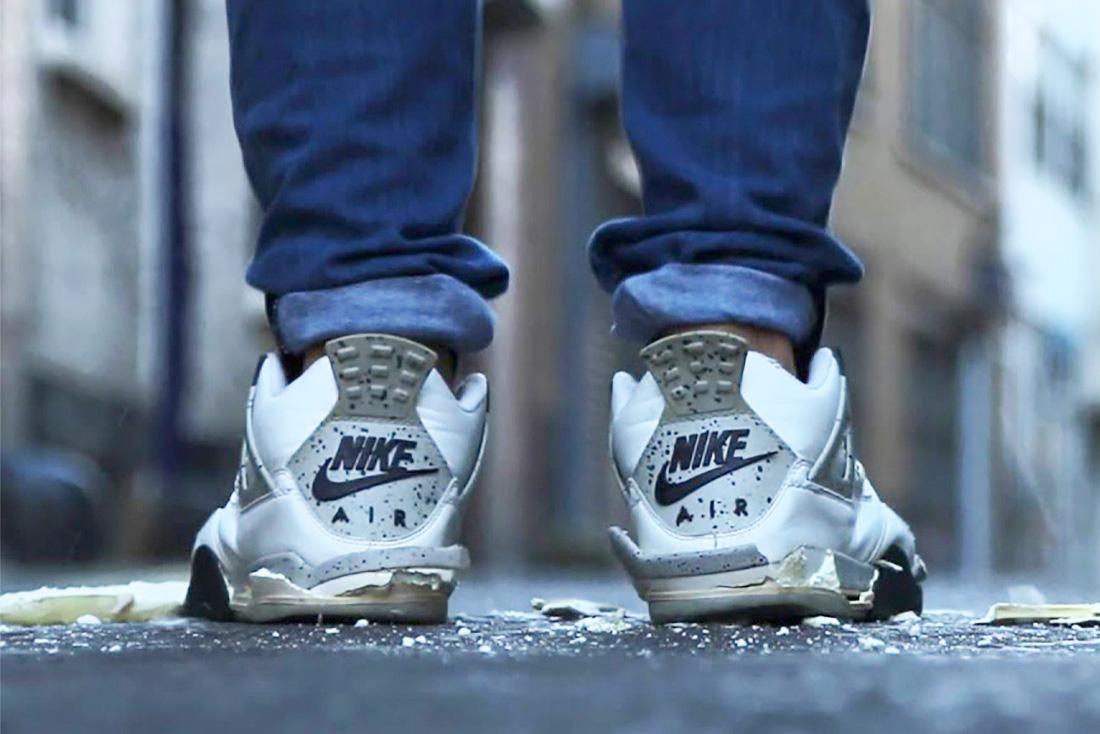Material Matters: Foam Will Eventually Crush Your Sole
We’ve all seen pictures of crumbling classics on Instagram. We’ve all seen NBA stars their soles on the court. And it’s always a sad, sad sight indeed as those kicks head to the graveyard. What’s even sadder – and scarier – however, is this: it can happen to you, too. In fact, it will happen to you, too – and there’s absolutely nothing you can do about it.
Now, we know what you’re thinking: you of your collection, right? Maybe you’re even the rare ‘head that cleans your kicks after every wear and stores everything in plastic drop-front boxes. Maybe you even go the extra mile to make sure your prized possessions are kept in the perfect area: up and off the floor, away from direct sunlight, and in dry and moderate conditions. You’re good, right? Your collection is going to last forever, right?
Wrong.
And you’re wrong because no matter how well you maintain your stock, there’s one thing you can’t account for: time.
